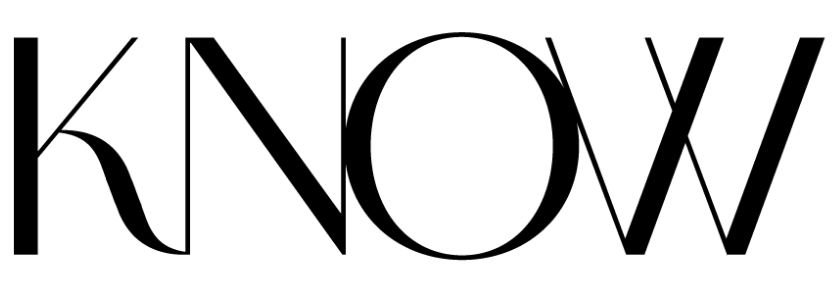written by Jamica A. Whitaker | Owner ofAdalae Consulting | Raleigh, North Carolina

Your gold standard press release captured the media’s attention, and now you’re counting down the days until your first (or one of your first) media appearances. Just the thought of the cameras and lights makes your heart race. Don’t let it! You can handle this. Here are a few tips to make your upcoming media appearance one of many successful appearances.
- Know your subject matter.
Confidence in your subject matter is one of the first things you can have in your arsenal to make any media appearance go smoothly. You are the expert on the subject, hence your invitation to discuss it. To make sure you’re prepared, reach out to the media contact for a rundown of what will be discussed, potential questions, and the format. If the interviewer attempts to go off topic, steer him or her back to the subject you are there to discuss. For example, say something like, “while I appreciate your inquiry into (subject), I am here to discuss (subject),” or “that’s for another interview on another day.” Do not avoid answering the question without acknowledging it was asked.
- Be aware of your surroundings.
If possible, arrive on set 20 to 30 minutes early so you can familiarize yourself with the set and the activity of the broadcast station. Oftentimes fear comes from the unknown, so the more information you can gather ahead of time, the more comfortable you’ll feel. Will you be sitting or standing? Walking with the host or standing still? Ask if you can do a run through with the interviewer. If that isn’t possible, pay attention to the environment, so you’re comfortable with your space in it.
III. Dress for the occasion.
Dress for the subject you’re discussing. Don’t wear a suit to a T-ball game interview, or your marathon gear to a discussion on corporate finance. Keep the subject and location in mind when choosing what to wear. If you’re going to be in front of a video camera, don’t wear patterns, because they tend to give the illusion of motion and can distract from your message. If you’re considering wearing bright colors, ask about the venue and whether or not you’ll blend in or completely stand out. Keep jewelry to a tasteful minimum, wearing nothing that’s oversized or can distract viewers. Unless your accessories are part of the story, minimal is best. Try to dress as comfortably as possible.
- When the cameras are on, you’re on.
Once the camera starts rolling, you’re on, even as you sit waiting to speak. The production crew is witness to your behavior and attitude. You want the discussion to be about a topic that isn’t you. Be on your best behavior. Remain cognizant of your facial expressions and remember where you are. You don’t want to see footage later of you looking totally disinterested, or as if you’re about to fall asleep.
Once you are engaging the interviewer, breathe! Take a moment to think before responding to any question, even the ones you know the answer to. Don’t rush yourself. Rushing under the lights and cameras increases the likelihood of you misspeaking. If it’s appropriate, share a quick joke or an anecdotal story that relates to the subject.
If you are still nervous prior to your appearance, try to create the impending situation, with a trusted source asking questions an interviewer might ask. This informal opportunity allows you to fine tune responses, and rehearse body language in an atmosphere that’s conducive to receiving constructive criticism.
The goal with practice isn’t to be perfect. It’s to increase your comfort with being in the hot seat. Unless the interview is about you, it’s not about you! Stick to the message. Let the message guide your responses and ignite your passion. The audience will know if you’re not authentic, so be yourself and share what you know.
